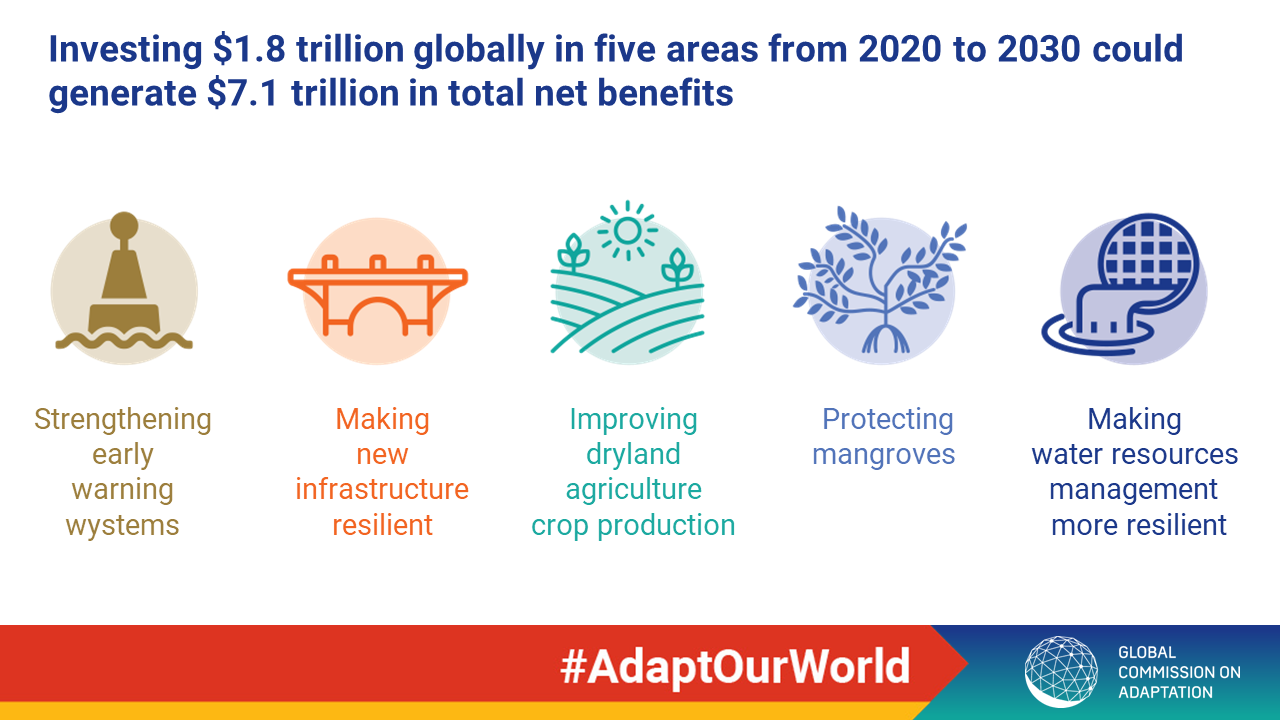In an age of weather extremes, we need infrastructure that is built to last
Lack of resilient infrastructure is a worldwide problem, causing millions to be displaced when storms, floods and other disasters hit.
S
ix months after Cyclone Idai devastated Mozambique, getting back to normal is painfully slow for the thousands waiting in resettlement camps for reconstruction to get underway.
The challenge is enormous. Some 300,000 homes were damaged or destroyed, over 4,000 classrooms gone, 100 health facilities out of action, and a huge harvest lost. The country has suffered grievously.
Reconstruction can be a long process. Pledges made take time to deliver as donors and government seek to agree on priorities and disbursement mechanisms, and there is still a large gap between necessary funding for recovery and what has been pledged by the international community.
Yet it is not only reconstruction that needs to happen apace. We also need to be wiser in learning from past mistakes: when rebuilding, we have a clear choice to either invest in risk or in resilience, and we must build to last.
The town of Buzi in Mozambique’s Manica province was at the epicentre of this disaster. None suffered more than the neighbourhood known as “Community 2000”. This was an area where houses, schools and health facilities had already been rebuilt after the floods and cyclone in 2000 – but not to a high enough standard to withstand the wind, rain and fearsome floods that came with Cyclone Idai.
This is a scenario likely to repeat itself in many countries which will face events of similar magnitude in the escalating climate emergency. Most often, these are countries that contribute little to greenhouse gas emissions.
But there were also examples where risk-informed choices worked. Beira was among the towns worst-affected by Cyclone Idai. However, the floods there would have been much worse if the city council with the support of the World Bank had not begun work on improving its drainage system. Stage one was completed six months before Cyclone Idai and helped to discharge much of the heavy rainfall into the sea.
Investing in resilience is also illustrated by the 93 classrooms built to UN-Habitat standards across Sofala and Manica provinces with the Ministry of Public Works, Department of Education and World Bank. None of these classrooms were damaged in the cyclones. They withstood winds of up to 210 km per hour, unlike the 4,300 destroyed.
The survival of these classrooms is clear proof that it is worth spending that extra dollar to ensure the resilience of infrastructure in an age when we expect more climate extremes.
Resilient infrastructure
The UN family is weighing in to build Mozambique’s resilience, including for the less frequent but considerable threat of earthquakes. UNICEF has secured initial funding to start rehabilitation of 150 classrooms in the Beira area and to provide teacher training and materials for students.
UN Habitat and UNDP are laying the ground work for the housing reconstruction phase by ensuring that all stakeholders agree on a common approach which will guarantee their quality and resilience.

A focus on training masons is central to the successful implementation of the new resilient construction guidelines. UNDP has already started training a group of 100 artisans who will build model houses using the new guidelines.
Mozambique is not alone. Lack of resilient infrastructure is a worldwide problem, laid bare by the fact that extreme weather events have displaced 7 million people in their own countries so far this year.
This is why the UN Office for Disaster Risk Reduction chose to highlight resilient infrastructure on International Day for Disaster Risk Reduction on October 13.
Reducing damage to infrastructure, particularly schools and health facilities, is a key target of the global plan to reduce disaster losses, the Sendai Framework for Disaster Risk Reduction.
While we must do everything humanly possible to reduce greenhouse gas emissions over the next 12 years, the world also must learn how to build to last in an age of weather extremes.
The ideas presented in this article aim to inspire adaptation action – they are the views of the author and do not necessarily reflect those of the Global Center on Adaptation.